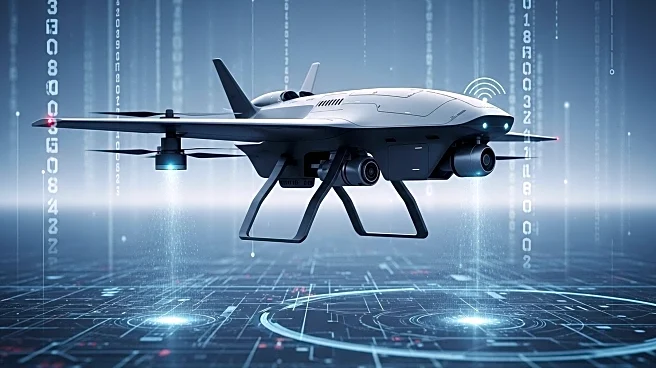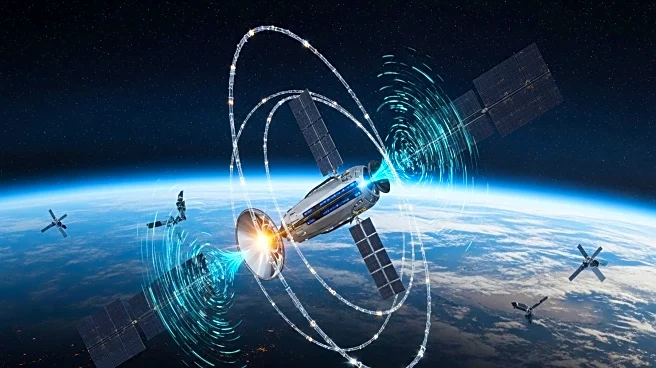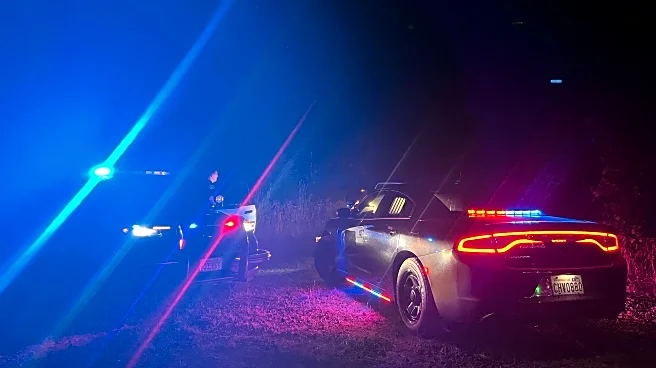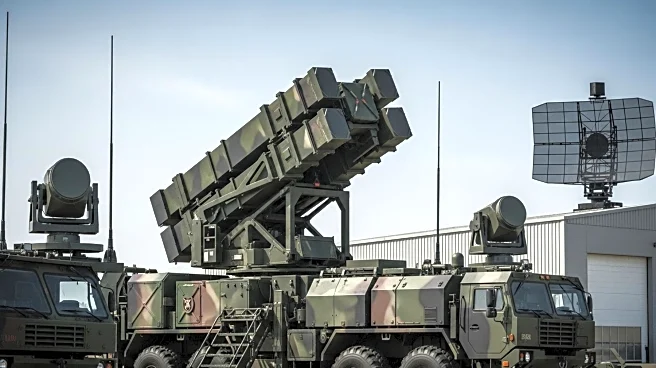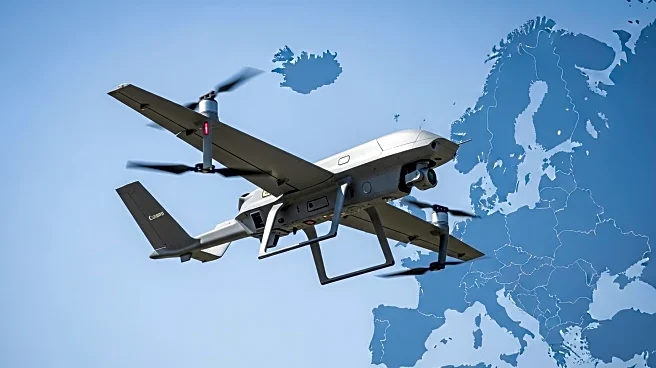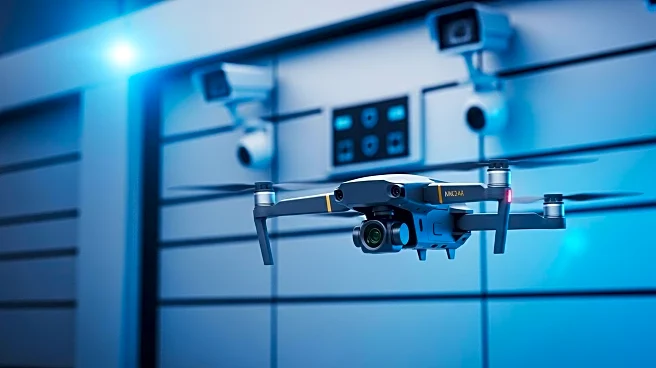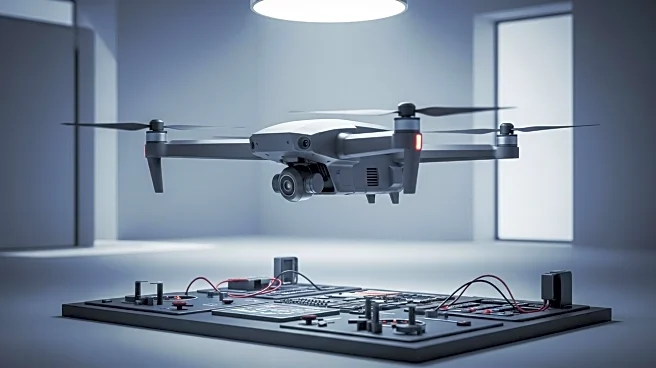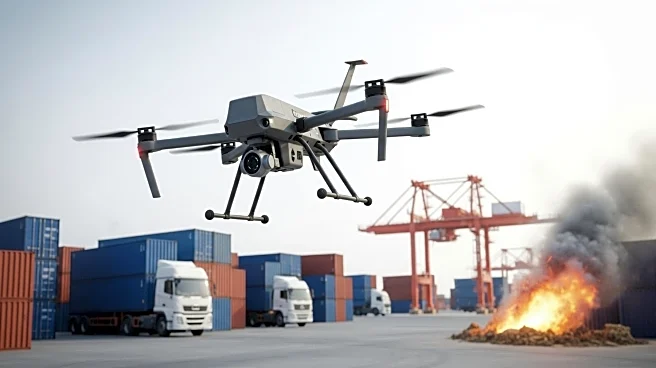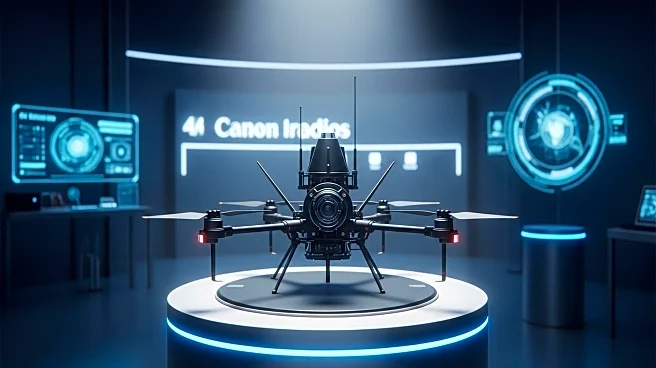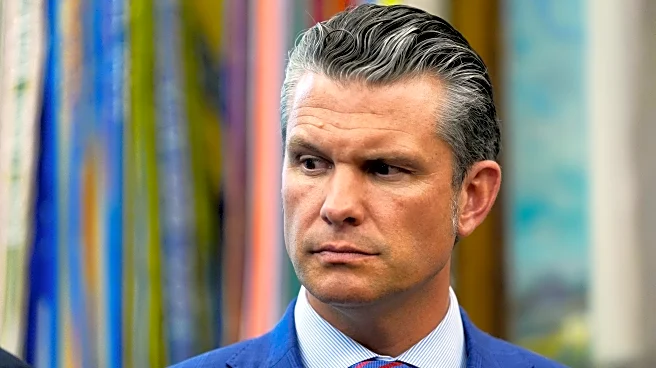What's Happening?
The U.S. Army is set to reduce its active duty aviation workforce by approximately 6,500 positions over the fiscal years 2026 and 2027. This move is part of a broader transformation initiative aimed at integrating unmanned drone technology into military operations. The Army currently employs around 30,000 aviation personnel, and the reduction will be managed through 'talent panels' that will assess which officers and warrant officers will be retained or reclassified. These panels will evaluate personnel based on their potential, tactical aptitude, and career aspirations. The shift towards drones marks a significant change from previous efforts to bolster the pilot force, which included pay raises and promotions to address a shortage of warrant officers.
Why It's Important?
This strategic pivot towards drone technology reflects the Army's adaptation to modern warfare's evolving demands. By reducing reliance on traditional aviation roles, the Army aims to enhance its operational efficiency and leverage technological advancements. This transition could lead to cost savings and increased flexibility in military operations. However, it also raises concerns about job security for current aviation personnel and the potential loss of experienced pilots. The move underscores a broader trend in military strategy, emphasizing the importance of unmanned systems in future conflicts.
What's Next?
The Army will continue to evaluate its aviation personnel through talent panels, with decisions on retention and reclassification expected soon. The transition will involve offering opportunities for affected personnel to transfer to other branches within the Army. As the Army implements this transformation, it will need to address potential challenges, such as ensuring a smooth transition for displaced personnel and maintaining morale among the ranks. The success of this initiative will depend on the Army's ability to effectively integrate drone technology into its operations while managing the human impact of these changes.

